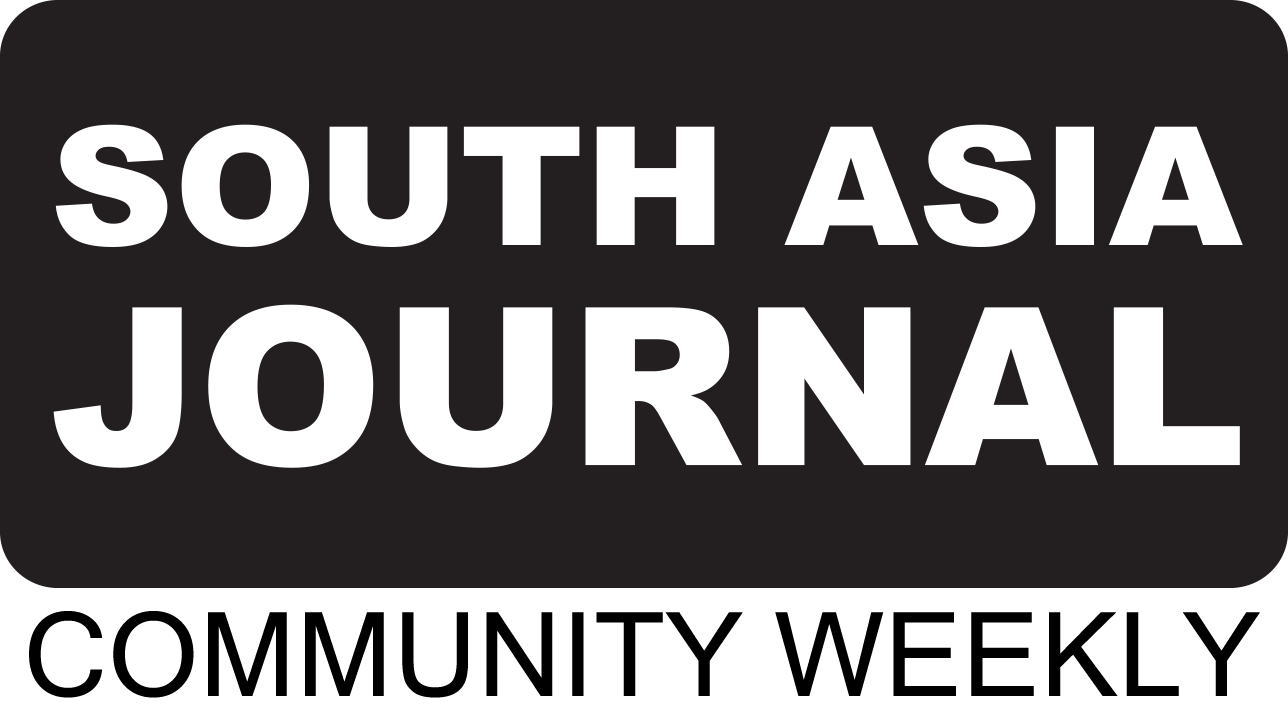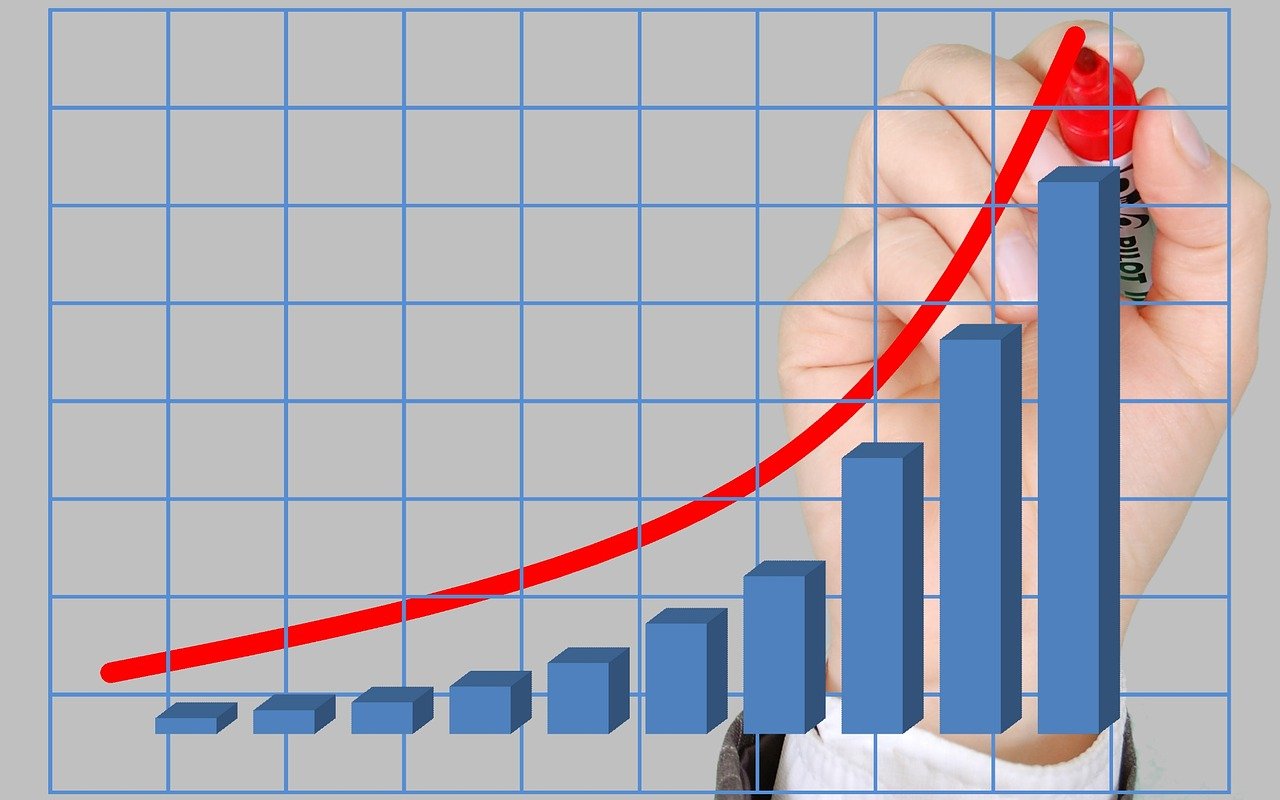Strong Revenue Results in Budget Surplus, Debt Reduction and Affordability Relief
Sathia Kumar
A strong economy and higher resource prices have meant a significant improvement in the province’s finances.
“That means we can balance the budget, pay down debt and help Saskatchewan residents with the rising cost of living,” Deputy Premier and Finance Minister Donna Harpauer said today as she released the first quarter financial update. “That’s growth that works for everyone.”
At first quarter, Saskatchewan is forecasting a surplus of $1.04 billion for 2022-23, a $1.51 billion improvement from budget, largely due to higher revenue from non-renewable resources.
Harpauer announced a four-point affordability plan, using higher revenue from the resources owned by the people of Saskatchewan to help people address rising costs due to inflation and to reduce the province’s debt.
“Strong resource prices have meant higher provincial revenues, and that’s good news, but it also means the cost of almost everything you buy has gone up,” Harpauer said. “That’s why our government is using those higher revenues to help Saskatchewan people with the rising cost of living.”
All Saskatchewan residents who are 18 years of age or older as of December 31, 2022, and who have filed a tax return will receive a one-time $500 Saskatchewan Affordability Tax Credit cheque this fall.
The plan, detailed in a separate release, also excludes gym and fitness memberships and some recreational activities from the admissions, entertainment and recreation PST expansion planned for October 1, 2022. The plan also continues the temporary small business tax reduction at zero per cent, and will retire of up to $1 billion in debt, made possible by the projected surplus.
The affordability plan is fully incorporated into the first quarter forecast.
“Our economy is strong and growing,” Harpauer said. “Saskatchewan is poised to lead the provinces in economic growth in 2022, according to private sector forecasts and there have been nearly 24 thousand new jobs created in the first seven months of 2022.”
At first quarter, revenue is forecast to be $19.17 billion, up $2.02 billion (11.7 per cent) from budget. This increase is largely due to a $1.86 billion increase in non-renewable resource revenue, reflecting higher potash and oil prices.
Taxation revenue is forecast to be up $536.5 million from budget, with higher income and sales tax revenue reflecting stronger than anticipated economic recovery. Other own-source revenue and federal transfers are also up from budget. Increases in revenue are partially offset by a projected $533 million decrease from budget for net income from Government Business Enterprises (GBEs) primarily due to lower investment income and higher natural gas prices.
At first quarter, total expense is forecast to be $18.13 billion, up $508.2 million (2.9 per cent) from budget. The increase is largely due to $450 million for the one-time Saskatchewan Affordability Tax Credit payments to Saskatchewan residents.
Public debt is forecast to be $1.72 billion lower than at budget. The return to a surplus has eliminated the need for operating borrowing and provides the opportunity to retire up to $1 billion in existing debt.
Saskatchewan will continue to have one of the lowest net-debt to GDP ratios among the provinces. At first quarter, net debt as a percentage of GDP is forecast to be 15.6 per cent, compared to 18.8 per cent at budget.
According to private-sector forecasters, Saskatchewan’s real GDP is now expected to grow by 4.7 per cent in 2022, highest among the provinces, and by 2.5 per cent in 2023, second highest among the provinces.
“So far in 2022, Saskatchewan is experiencing growth in wholesale trade, international goods exports, manufacturing sales and investment in non-residential construction that is among the highest of all provinces. Our province’s unemployment rate decreased from an average of 7.3 per cent in the first seven months of last year to 5.0 per cent in the first seven months of this year, third lowest among the provinces,” Harpauer said. “Saskatchewan is truly back on track.”





